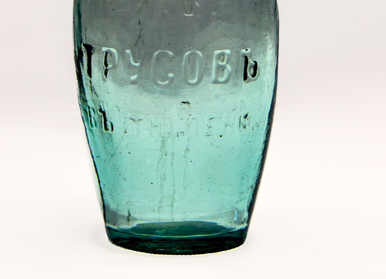Chinese applied art achieved worldwide fame due to its rich cultural heritage. Artistic techniques and skills, national traditions, a wide range of bright colors and styles — these are the main keys to the success of Chinese craftsmen. All these characteristics are present in Chinese vases made in the cloisonné enameling technique. Beijing cloisonné (or “jingtailan”) is one of the treasures of traditional Chinese culture. Items made in this technique have always been a sign of wealth and high social status. They were used as utensils and household items in palaces of Chinese emperors and temples.
The art of cloisonné originated in ancient Egypt. It later spread to Byzantium and the Middle East. The cloisonné enameling technique was brought to China from Turkey during the reign of the Mongol Yuan Dynasty in China (1271–1368). There, during the period of the Ming (1368–1644) and Qing (1644–1911) dynasties, it was significantly updated and perfected.
From Chinese, the name “jingtailan” translates to “Jingtai blue ware”. This stems from the fact that during the reign of Emperor Jingtai (1449–1457), Beijing workshops established a large-scale production of cloisonné wares. The main color was blue, or lapis lazuli. For hundreds of years, it was the Beijing enameling technique that received the highest level of refinement. This should come as no surprise, as the main consumer of such wares — the Imperial Forbidden City — was located in Beijing. Due to the high cost and special status, cloisonné wares could only be afforded by those who were extremely wealthy, had very close ties to the emperor and lived in the imperial palace.
In the 20th century, with the advancements in technology and an increase in demand, the number of enamel specialists increased significantly and new manufacturing facilities were opened. Once inaccessible to most, cloisonné products are still very expensive — however, still much cheaper than in imperial times. The high cost of enameled products results from almost complete absence of mechanized operations: each product is unique and still made by hand. Natural patterns with images of plants, animals and birds are most characteristic of wares made in the jingtailan technique.



